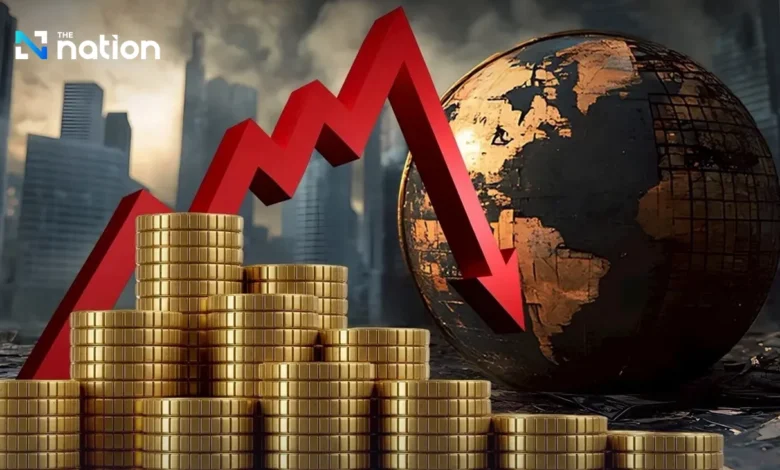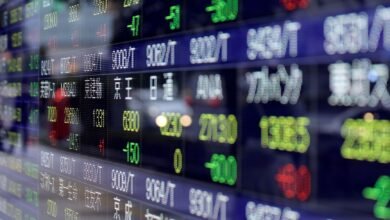Global bond market crisis deepens as debt soars to 92% of GDP

G7 debt a ticking time bomb for the global economy
Beyond the United States, other major economies in the G7 are also facing mounting debt crises. According to the International Monetary Fund (IMF), global public debt stood at 92% of GDP at the end of 2024, up from 84% in 2019.
France is seen as the most concerning case in the bloc. Government debt has surged to €3.34 billion, or 114% of GDP, by the first quarter of 2025. Its budget deficit is nearly double the EU’s threshold, while political instability has made fiscal management even more difficult.
As a result, French bond yields have climbed to record highs. Fitch Ratings has downgraded France’s long-term sovereign rating from AA– to A+.
The United Kingdom is also under strain, with public debt standing at 97% of GDP. It faces the highest borrowing costs and inflation in the G7, pushing long-term interest rates to their highest level in more than 25 years.
Japan remains in a class of its own, with public debt at an extraordinary 255% of GDP. Rising inflation and expectations of higher interest rates from the Bank of Japan threaten to drive borrowing costs even higher, while persistent political uncertainty adds to the risks.
Global financial stability at risk
The Institute of International Finance (IIF) warns that the impact of rising debt will not be confined to the United States but is likely to spill over and have significant repercussions across global bond markets.
Bond markets in major economies such as the US, the UK, Germany and France are deeply interconnected through trade and capital flows. As a result, their government bond yields often move in tandem.
This interconnectedness is not one-way. For example, a weak auction of Japan’s 40-year government bonds in late July pushed Japanese yields higher, which in turn drove US Treasury yields up as well.
The IIF report highlights that emerging markets are particularly vulnerable to the rising debt burden of advanced economies.
With more than 60% of global investment concentrated in the US and Europe, less than 7% of funds are available to flow into emerging and developing economies. This leaves them with far more limited access to capital.
Wall Street leaders warn of US bond market collapse
Jamie Dimon, chief executive of JPMorgan Chase, has issued a stark warning that the US bond market is at risk of “collapse” under the mounting pressure of the country’s soaring debt. He urged Trump’s administration to prioritise a more sustainable fiscal path.
John Waldron, president of Goldman Sachs, echoed Dimon’s concerns, describing the widening US deficit as deeply troubling. He cautioned that the biggest current macroeconomic risk is the persistent rise in long-term interest rates, which are driving up the cost of capital across the economy and acting as a brake on growth.
Ray Dalio, billionaire investor and founder of hedge fund Bridgewater Associates, also renewed his warning over America’s swelling debt and deficits. He argued that the situation should leave investors “very worried” about US Treasuries.
Dalio suggested that the only sustainable solution is to cut the US deficit from its current level of about 6% of GDP to around 3%. In practice, however, the political direction appears to be moving the other way.
President Trump’s new budget proposal includes some spending cuts but places greater emphasis on tax reductions, a shift that could further increase fiscal risks in the years ahead.
Credit: Source link






